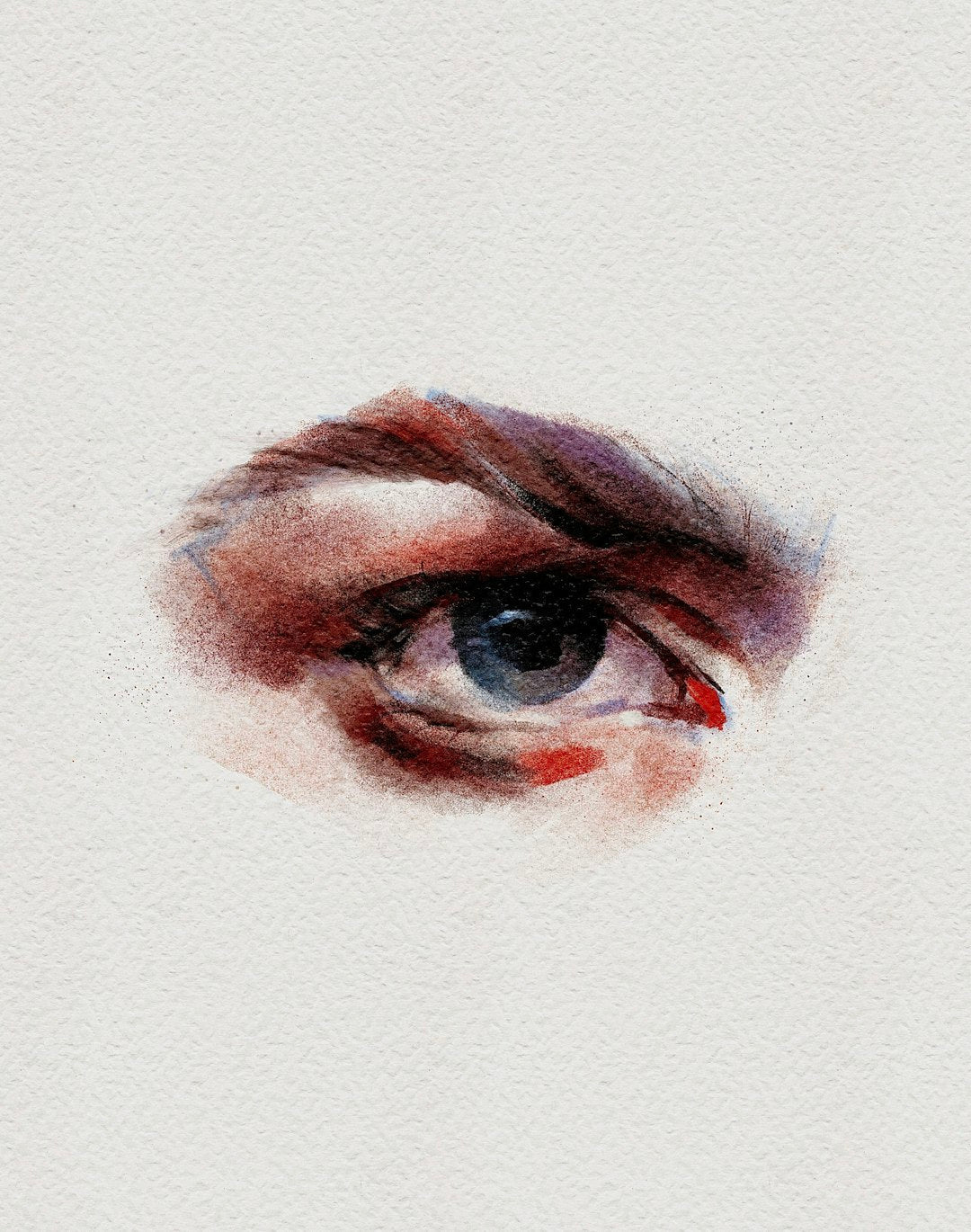Stains are a common adversary in our daily lives, appearing when we least expect them. Whether it’s that cherished white shirt, your kid’s favorite toy, or the upholstery on your couch, stubborn stains can feel like a battle you just can't win. However, with the right techniques and know-how, you can take charge and reclaim your belongings. In this comprehensive guide, we're diving deep into effective methods for tackling those unyielding stains that seem to have a mind of their own.
Understanding Different Types of Stains
To effectively treat a stain, it's crucial to know what kind of enemy you're dealing with. Stains can be broadly classified into two categories:
- Water-Soluble Stains: These stains are typically easy to remove as they can dissolve in water. Common examples include:
- Food items
- Beverages (such as coffee and juice)
- Ink from pens and markers
- Non-Water Soluble Stains: These stains are more challenging and often require specialized treatment. They include:
- Grease and oil
- Makeup
- Blood
- Grass and mud
The Essential Tools and Supplies
Before diving into removal techniques, it's essential to gather your arsenal. Here’s a list of tools and supplies you’ll want to keep on hand:
- Clean Rags or Sponges: These are your frontline soldiers. Opt for white cloths to avoid color transfer.
- Soft-Bristle Brush: Perfect for gently scrubbing without damaging delicate fabrics.
- Stain Remover Solutions: Whether it's homemade or store-bought, a good stain remover is crucial.
- Bucket of Water: For rinsing and treating stains effectively.
- Old Toothbrush: Ideal for reaching into tight spots, especially for upholstery or carpet stains.
Time is of the Essence: Acting Quickly
When it comes to stains, immediate action is always best. The longer you let a stain sit, the more difficult it will be to remove. Here’s a quick guide on the right steps to take as soon as an accident happens:
1. Blot, Don’t Rub
Whether you've spilled wine or dropped a bit of ketchup, your first reaction should be to gently blot the stain with a clean rag. Rubbing can spread the stain and make it harder to remove. Always work from the outside of the stain toward the center to prevent the stain from spreading.
2. Rinse with Cold Water
Use cold water to rinse the stain if the fabric allows it. Hot water can set certain stains, making them permanent. Hold the fabric under running cold water to flush out as much of the stain as possible.
Tips for Specific Stains
Each type of stain may require a different approach. Below are some helpful tips based on common stain categories.
Food and Beverage Stains
For food and drink spills, follow these steps:
- Blot the stain immediately and run cold water through the back of the fabric.
- Create a solution of mild dish soap and cool water, and apply it to the stain with a clean cloth.
- Rinse thoroughly and wash as per garment care instructions.
Grease and Oil Stains
Greasy stains can be a nightmare but can be tackled with the following methods:
- Sprinkle cornstarch or baking soda on the stain to absorb the oil. Let it sit for 30-60 minutes.
- After absorbing, brush off the powder, then use a dish soap and water solution to tackle leftover stains.
Ink Stains
Ink stains can be particularly stubborn, but not unbeatable:
- Soak a cotton ball in rubbing alcohol and gently dab the ink stain.
- Blot with a clean cloth until the ink is lifted. Rinse with cold water afterward.
The Power of Homemade Solutions
Sometimes, the most effective solutions come right from your kitchen. Here are a few homemade mixtures that can help tackle those stubborn stains:
1. Baking Soda Paste
Baking soda is a powerhouse for stain removal. Mix it with water to create a paste and apply it to the stain for about 30 minutes. Rinse with cold water afterward.
2. Vinegar and Water Solution
A vinegar solution can effectively neutralize odor and lift certain stains. Mix equal parts white vinegar and water in a spray bottle, spray the affected area, and blot with a clean cloth.
Don’t Forget to Test First
Before applying any stain removal solution, always test it on an inconspicuous area of fabric or carpet. This will help ensure that the solution does not affect the material's color or integrity. If you're unsure, consult care labels or product instructions.
When All Else Fails: Professional Cleaning
If your best efforts don't yield results—don’t get discouraged. Some stains may require professional cleaning services. This is especially true for valuable or delicate items, such as silk garments, carpets, and upholstery where you want to avoid any risk of damage.
Preventive Measures: Stains Don't Stand a Chance
Prevention is always better than cure. Here are some proactive steps you can take to minimize the risk of those stubborn stains becoming a problem:
- Act Fast: Train yourself to respond immediately to spills.
- Use Coasters: Keep beverage rings off furniture with the use of coasters.
- Protect Fabrics: Consider using fabric protectors, especially for upholstery and carpets.
- Dress Smart: When eating, especially with kids, avoid wearing your best clothes that are prone to staining.
The Final Word On Stain Warfare
While stubborn stains can feel like insurmountable challenges, knowing how to tackle them equips you with the necessary strategies to seek victory. With immediate action, the right tools, and techniques, you can restore your belongings and maintain their appearance over time. Remember, being proactive and using preventive measures reduces the chances of stains appearing in the first place. Keep this guide handy, and you’ll be a stain-fighting expert in no time!


Share:
Understanding Different Types of Cleaning Supplies: A Comprehensive Guide
The Ultimate Guide to Decluttering: Your First Step to a Spotless Home